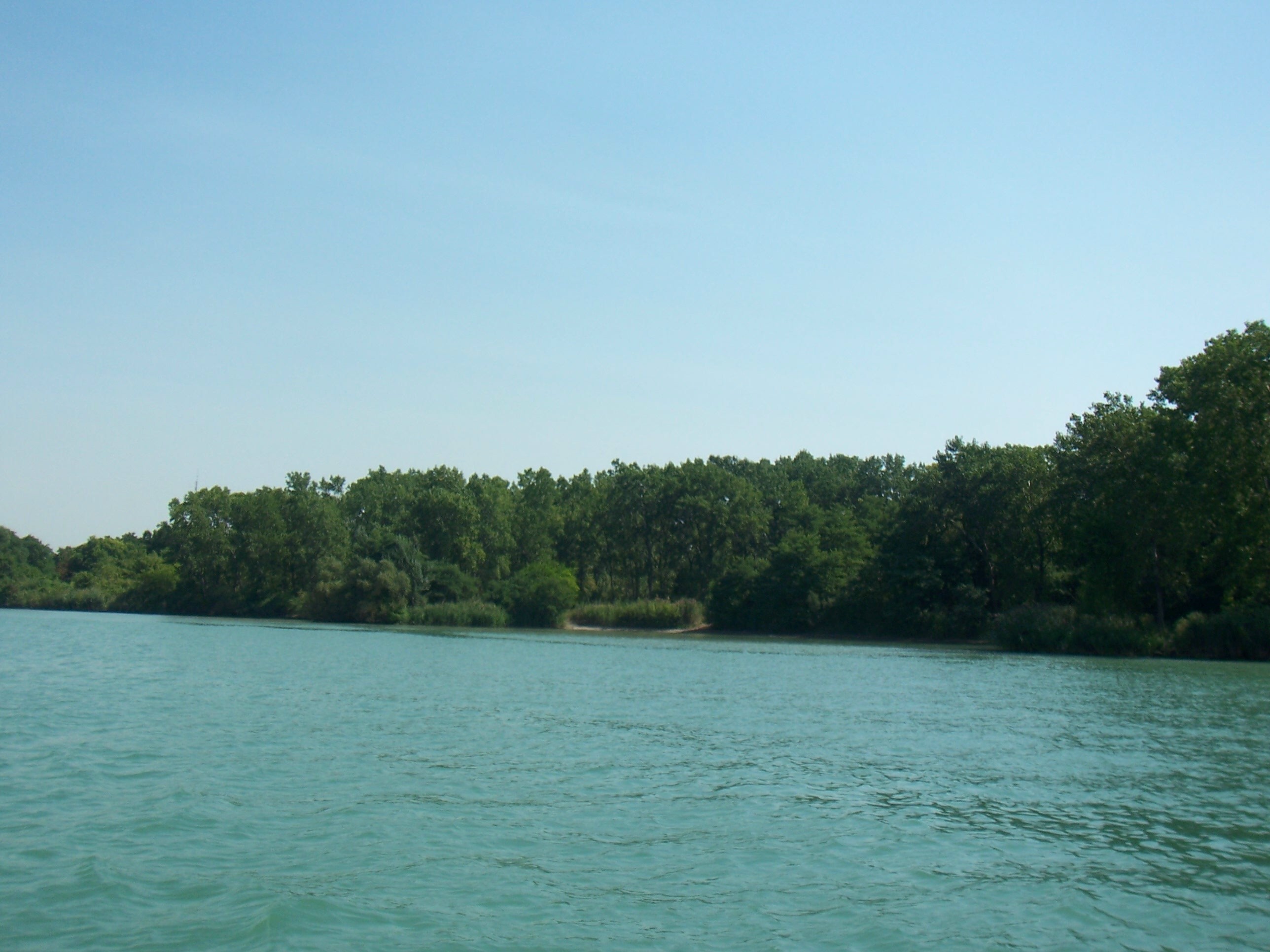Goal B Improve our Water Quality
Goal B: Improve Our Water Quality
![]() To be proactive in managing wastewater, stormwater and potable water to improve Windsor’s water quality.
To be proactive in managing wastewater, stormwater and potable water to improve Windsor’s water quality.
Access to safe, clean and sufficient water is an undeniable element of human well-being. Water quality has been a topic of concern for the Windsor community and includes the environmental and ecosystem health of the Detroit River. The City of Windsor is committed to act responsibly and understand the link between wastewater, the quality of water in our surface water bodies and our drinking water supply.
The Environmental Master Plan outlines 5 objectives to improve Windsor’s water quality:
- Objective B1: Invest in our sewers and wastewater treatment plant infrastructure
- Objective B2: Improve stormwater management to reduce the risk of flooding to residents
- Objective B3: Reduce water pollution discharges from City operations
- Objective B4: Improve the health of the Detroit River Watershed and Great Lakes Waters
- Objective B5: Reduce the per capita use of treated municipal water
What Influences our Water Quality?
 A recent report by Environment and Climate Change Canada states that some of the water quality problems in the Great Lakes have improved, but that the issues of toxic chemicals "overshadow all other problems in the Great Lakes."
A recent report by Environment and Climate Change Canada states that some of the water quality problems in the Great Lakes have improved, but that the issues of toxic chemicals "overshadow all other problems in the Great Lakes."
Local water-related issues in Windsor include the City's combined sewer system, sanitary sewer overflow, beach closures and frequent basement flooding. Other water issues in the community include the proliferation of litter in storm drains and the dumping of oil, gasoline and other substance onto roadways (and eventually into drains). The City has made major strides over the past three decades in improving water quality by reducing sewage discharge into the Detroit River. Check out our video, Wastewater: Where does it go? to learn more.
The Detroit River
The Detroit River is approximately 51 kilometres long and lies in the heart of the Great Lakes Basin. It is the major link connecting the upper and lower Great Lakes (Lake St. Clair to Lake Erie) conveying ninety percent of the water in the Great Lakes Basin.
The Detroit River watershed drains more than 2000 km2 including its tributaries of Turkey Creek, Little River and River Canard.
The Detroit River lies completely within the Carolinian zone and contains a greater number of plant and animal species than any other place in Canada. Remnant tracts of tall grass prairies, oak savannah and globally/provincially significant wetlands help protect the Detroit River watershed. The watershed serves as a migration route for songbirds, raptors, butterflies and dragonflies and is home to hundreds of rare and endangered species, including the eastern fox snake, eastern massasauga rattlesnake, and eastern spiny soft-shelled turtle.
History of the Detroit River
The Windsor-Detroit area has a fascinating history of settlement, trade, culture and industrialization centred around the Detroit River. Archaeological finds date North American Indians at the river as early as 400 A.D. with Europeans not arriving until around 1650. The Detroit River has been a strategic location for defence during the war of 1812; an integral part of the Underground Railway; and notorious in the early 1900s for rum running during the United States prohibition era.
The Detroit River received designation as a Heritage River by the United States of America in 1998 and then by Canada in 2001 and is the first river to receive both designations.
The importance of the river is highlighted in the words that accompany the City of Windsor coat of arms: "The river and land sustain us." Additional Detroit River information can be found at:
Waste Water Treatment
The City of Windsor operates two waste water treatment facilities:
The majority of the residents in the City of Windsor are serviced by either sanitary and storm sewers or by combined sewers.
Storm sewers are designed to carry stormwater only. This stormwater eventually discharges into the Detroit River untreated. The City of Windsor maintains approximately 808 km (502 miles) of storm sewers.
Sanitary sewers are designed to convey human domestic waste only to one of the waste water treatment facilities. There are approximately 738 km (459 miles) of sanitary sewers servicing the residents of Windsor.
Combined sewers were constructed throughout the city until the 1950s when the construction of a separated system (sanitary and storm) began. There are still 207 km (129 miles) of combined sewers, which convey both sanitary waste and stormwater to the waste water treatment plant.
Drinking Water
The source of drinking water for the residents of the City of Windsor is the Detroit River. The Windsor Utilities Commission is responsible for treatment and delivery of drinking water to the residents of the City of Windsor. Their mandate is to deliver an abundance of clean, reliable, and safe water that enhances the quality of life of Windsor's residences and businesses.
The Windsor Utilities Commission website provides in-depth information on their facility, as well as reports on water quality.
For more information on environmental initiatives:
E-mail: emp@citywindsor.ca
